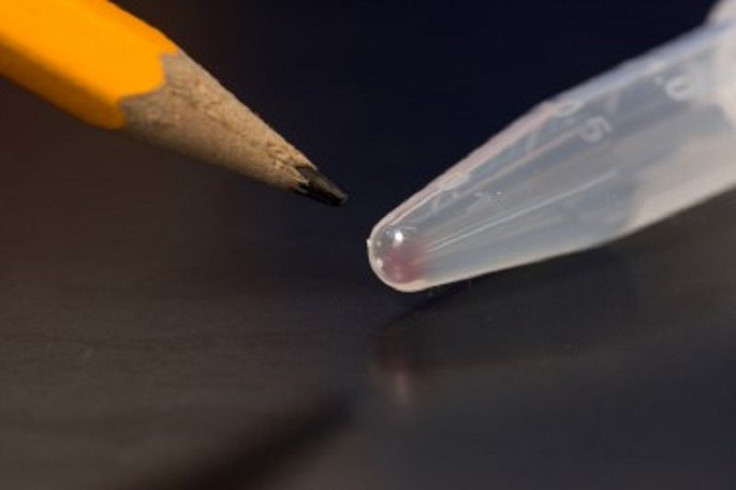The new data center can be your DNA, proven in experiment by UW and Microsoft

With the actual process of producing data and information outpacing the manufacture of the devices that can store them, a maverick scientific team composed of researchers from the University of Washington and Microsoft have pointed out that the solution is literally as near as any part of your own physical body. The team has proven through a revolutionary technique that digital images can be stored in a human being’s DNA molecules. Then, at the opportune and necessary time, they can be retrieved.
The implications are mind-boggling. As the University of Washington press release describes the scales involved, digital data that is massive enough to fill a Walmart supercenter can be shrunk to the size of a sugar cube. All the photos, files, documents, images and other kinds of data in 600 smartphones, or 10,000 gigabytes of data, can be reduced to and enclosed within a space not bigger than a drop of water.
The paper discussing the technique was recently presented at the ACM International Conference on Architectural Support for Programming Languages and Operating Systems. The breakthrough experiment successfully converted tonnes of files, including interviews, pictures and documents from the university’s files on the Rwanda Tribunal project, into microcosmic amounts that were then inserted into the nucleotide sequences of snippets of DNA. Equally important, the team managed to retrieve the data according to the right sequence and rebuild them without losing one iota of information.
Study co-author Luis Ceze, who is also an associate professor of electrical engineering and of science and engineering, enthused that the compactness and durability of DNA make it an effective tool for housing “digital data … in a manageable way for hundreds or thousands of years.”
The discovery could not have come at an opportune time. A separate EMC study estimates that in four years’ time, the amount of data flooding the computers and cell devices of the world will reach 44 trillion gigabytes. To get a complete picture, imagine six to seven stacks of computer tablets that are piled side by side from your home to the moon.
Studies and experiments using the human DNA have evolved well beyond the usual medical research providing advantages to the community. More pragmatic forms of government have merged its study with technology adopted for other disciplines like security and espionage. Digital Trends has recently run a story on the financial and other investments made by the Central Intelligence Agency (CIA) for a skin care treatment that can leave your most visible organ glowing and youthful. The trade-off is that the CIA gets to keep the DNA from the peeled skin to assist in the profiling procedure of an investigation.
The most controversial use of DNA remains with Kuwait which passed a law that requires its citizens and foreign nationals to register their DNA profiles with the government. The information will then be stored in a database created and managed by the authorities to the sum of $400 million. According to another report by Digital Trends , the new law was a countermove to block terrorism in the country; the latest attack by the Islamic State in Kuwait City had resulted in 27 deaths and another 200 injured.
That genetic marker in our physiological system known as the DNA has been the platform that has enabled healers, medical researchers and scientists alike to improve the quality of our life while mapping the stages of our evolution. Add its compatibility with digital data, and the possibilities it leads to can make science fiction into fact: time capsules that can last for thousands of years; Elon Musk’s planned interplanetary internet connection with 5BARz International’s network extenders that can boost cell signals in outer space; and bionic men and women who can outrun fast-moving race cars.
This convergence of DNA and digital data does not just bring us into a whole new world; it may very well herald the beginning of a scientifically wondrous era.





















